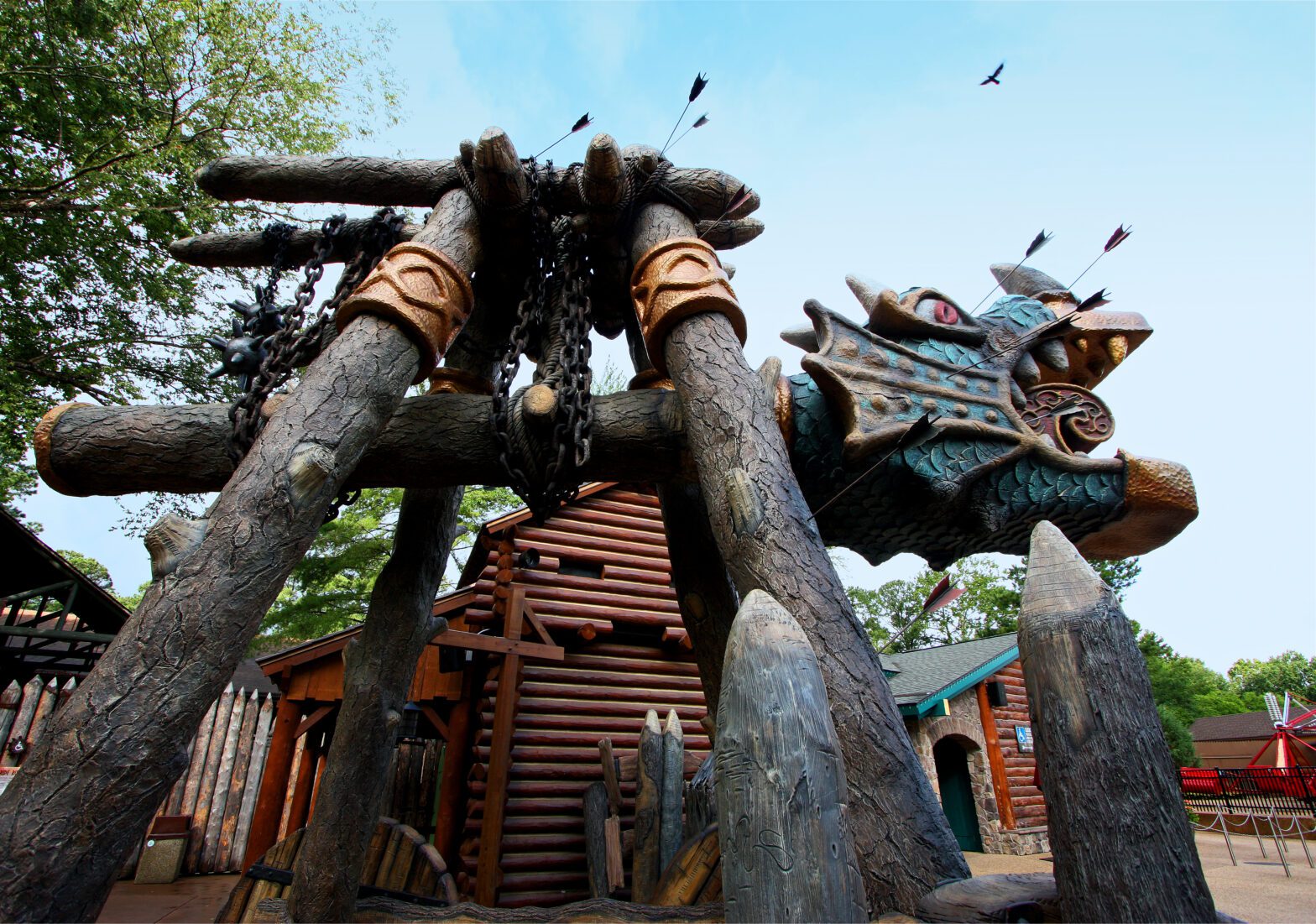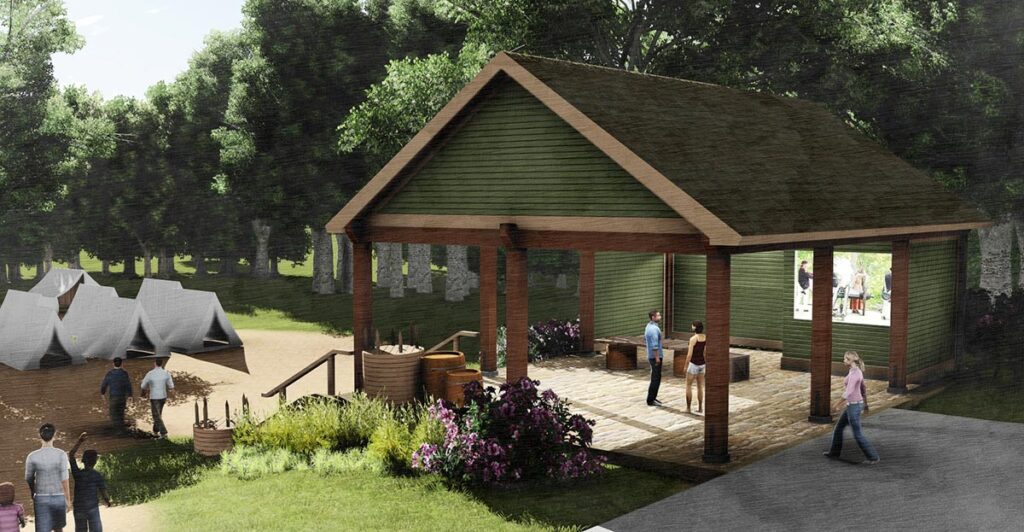Perspective on Themed Entertainment: A Return to Reality

When we think about the future of themed entertainment, it’s easy to imagine a world dominated by virtual reality (VR), augmented reality (AR), and mixed reality (MR). For years, the industry has embraced cutting-edge digital projections, interactive screens, and immersive media. But amid this digital revolution, an unexpected trend is emerging – or perhaps, re-emerging: a renewed love for practical, built environments.
To be sure, riding a coaster through a digital projection of a skull can be cool. But flying through an actual, massive skull? That’s next-level immersive. The difference between digital immersion and physical, tangible experiences is one of emotional impact. While digital technology will always have a place in the industry, we are witnessing a shift back toward the craftsmanship and artistry of real-world environments – places people can touch, explore, and physically interact with.

The Power of Practical Effects
Practical effects and tangible set pieces create a sense of wonder that digital technology alone cannot. Attractions that feature detailed, handcrafted environments—where guests can run their fingers over textured surfaces, smell the surrounding atmosphere, and feel the movement of a space—offer a richer emotional experience.
This approach isn’t just nostalgic; it’s strategic. A well-crafted, physical set can have a longer lifespan than digital media, which can quickly become outdated. And in an era of ever-present screens, the novelty of something real has never been stronger. Theme park guests are increasingly drawn to environments where they can interact with a space in meaningful ways rather than passively consume digital content.

Blending the Best of Both Worlds
That’s not to say technology has no place in themed entertainment. The future will likely see a thoughtful blend of digital enhancements and practical elements. Projection mapping, AR interactivity, and advanced animatronics can elevate physical environments rather than replace them. When technology serves as a tool to enhance—not define—the experience, the result is a more balanced and impactful attraction.
Themed entertainment is at an exciting crossroads. As designers, architects, and experience creators, we have the opportunity to redefine immersion by re-emphasizing reality. Humans crave experiences that engage their whole being. Let’s give them something they can see, touch, and remember long after they’ve left the park.
In the end, the most thrilling adventures aren’t just seen—they’re lived.
